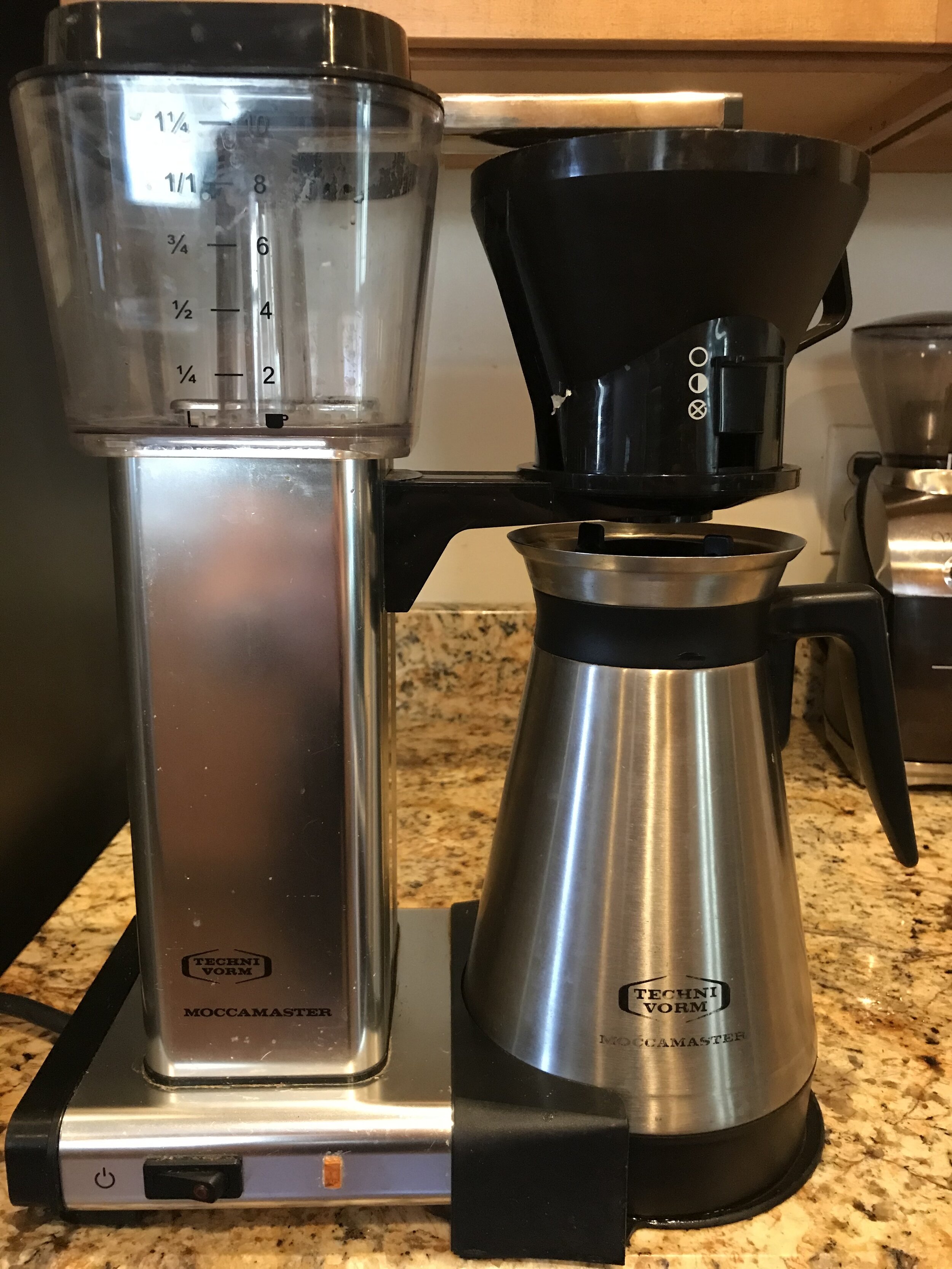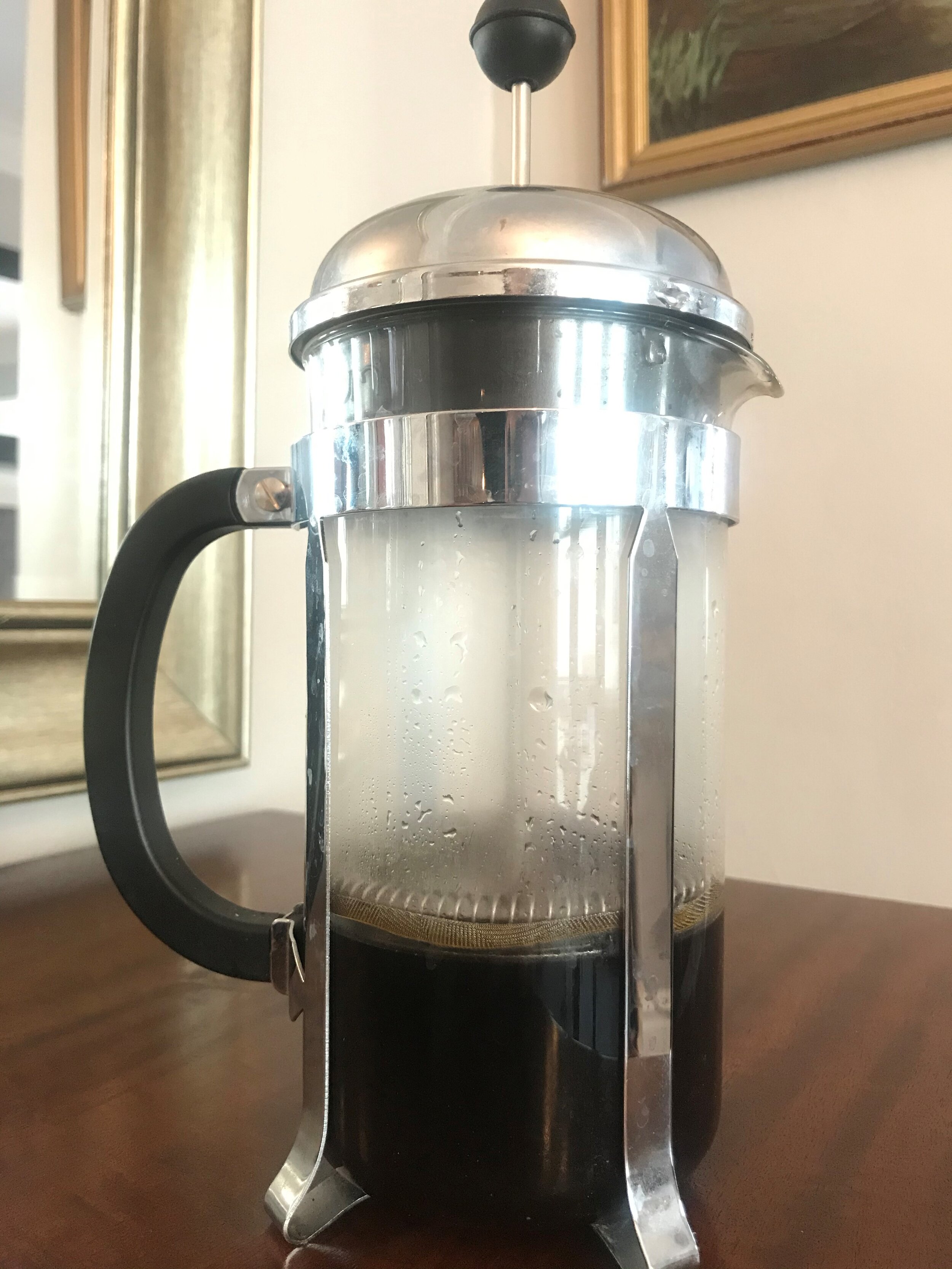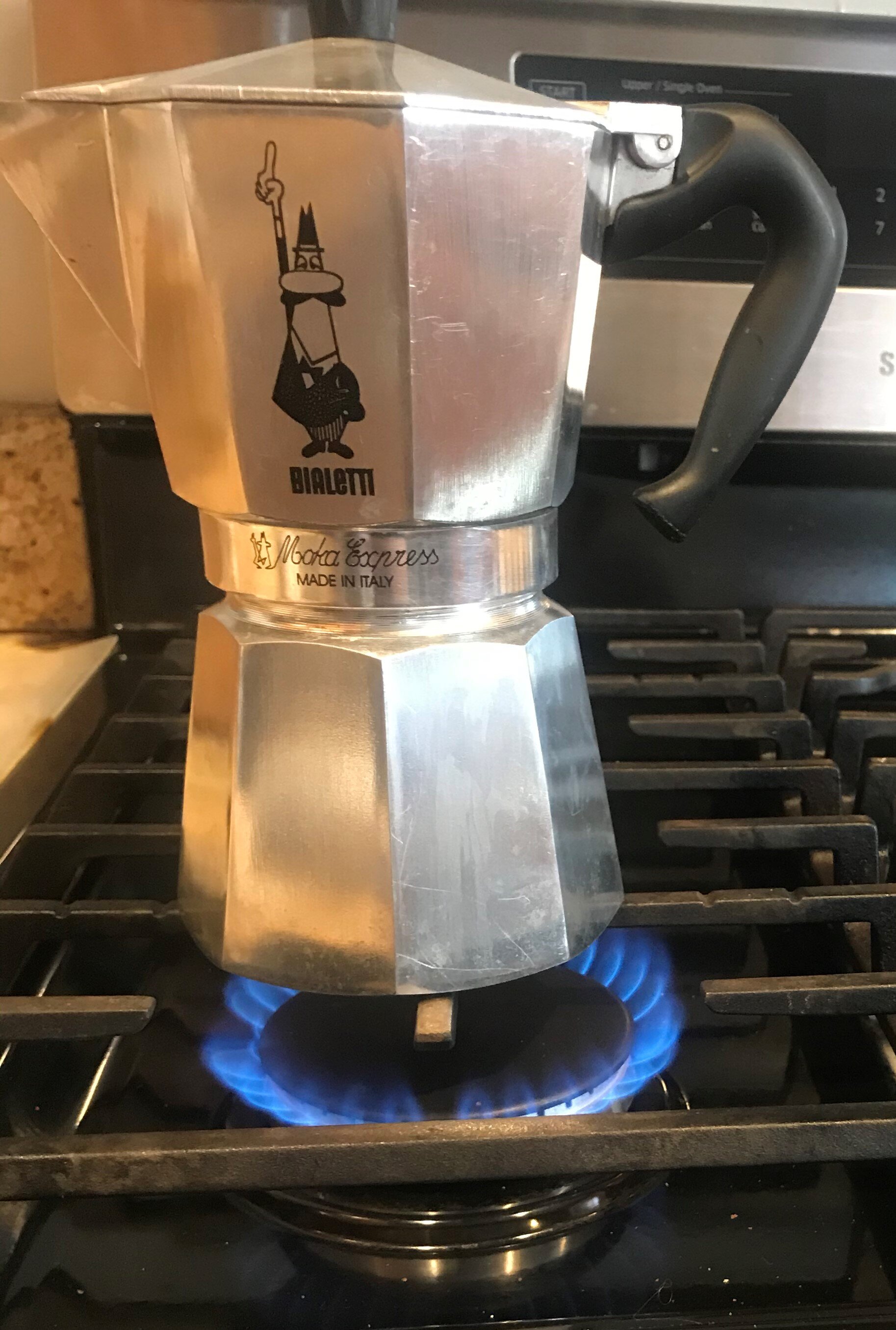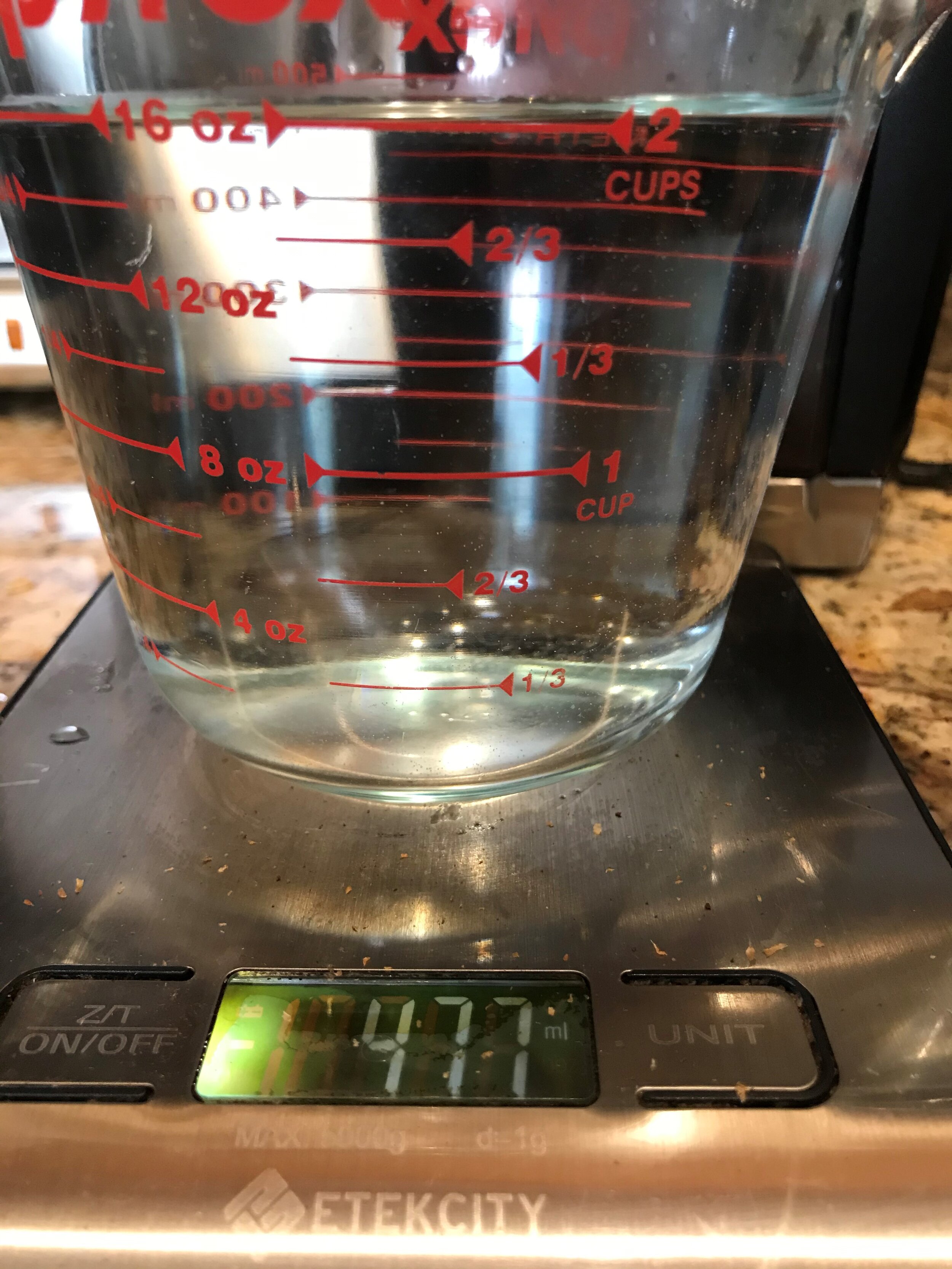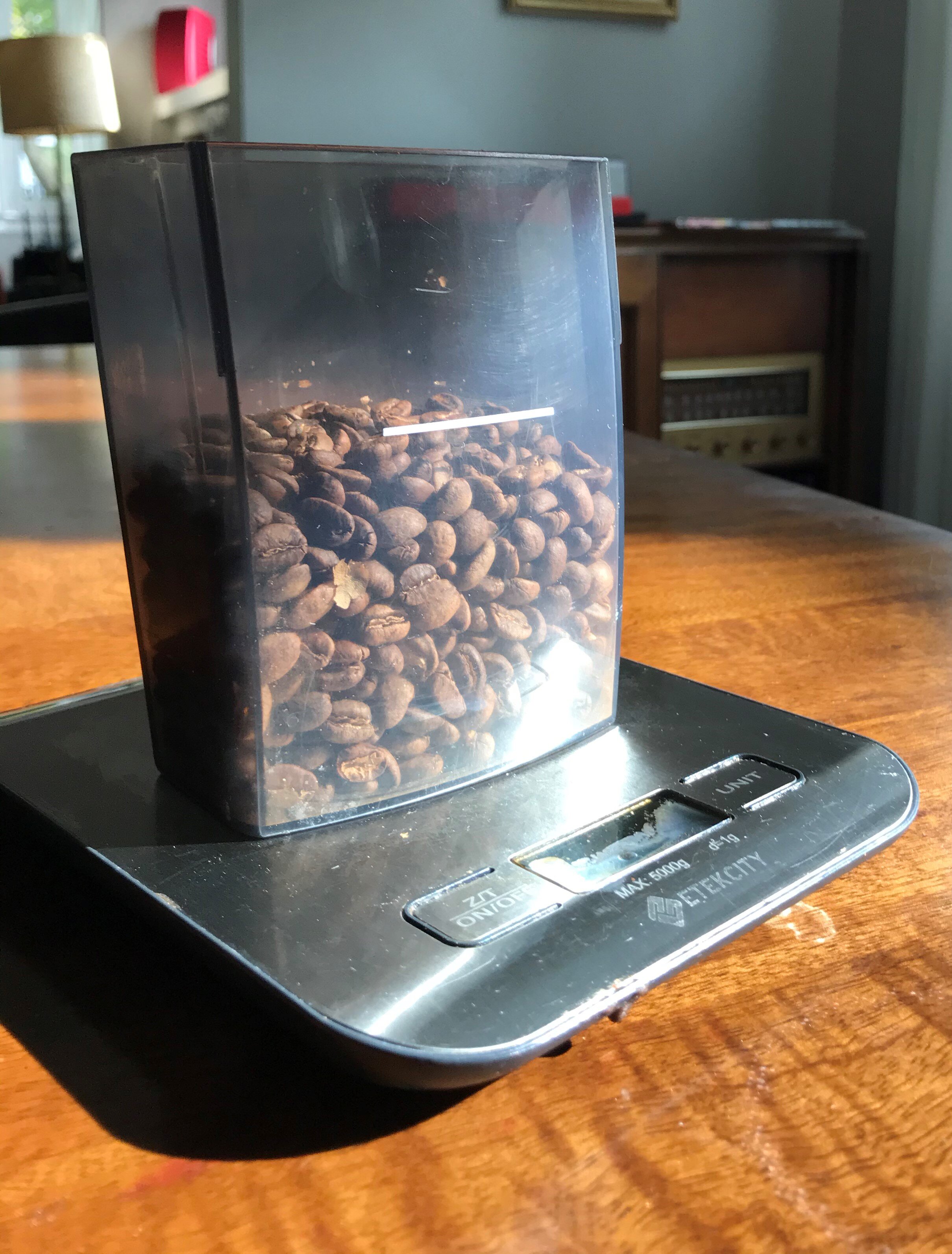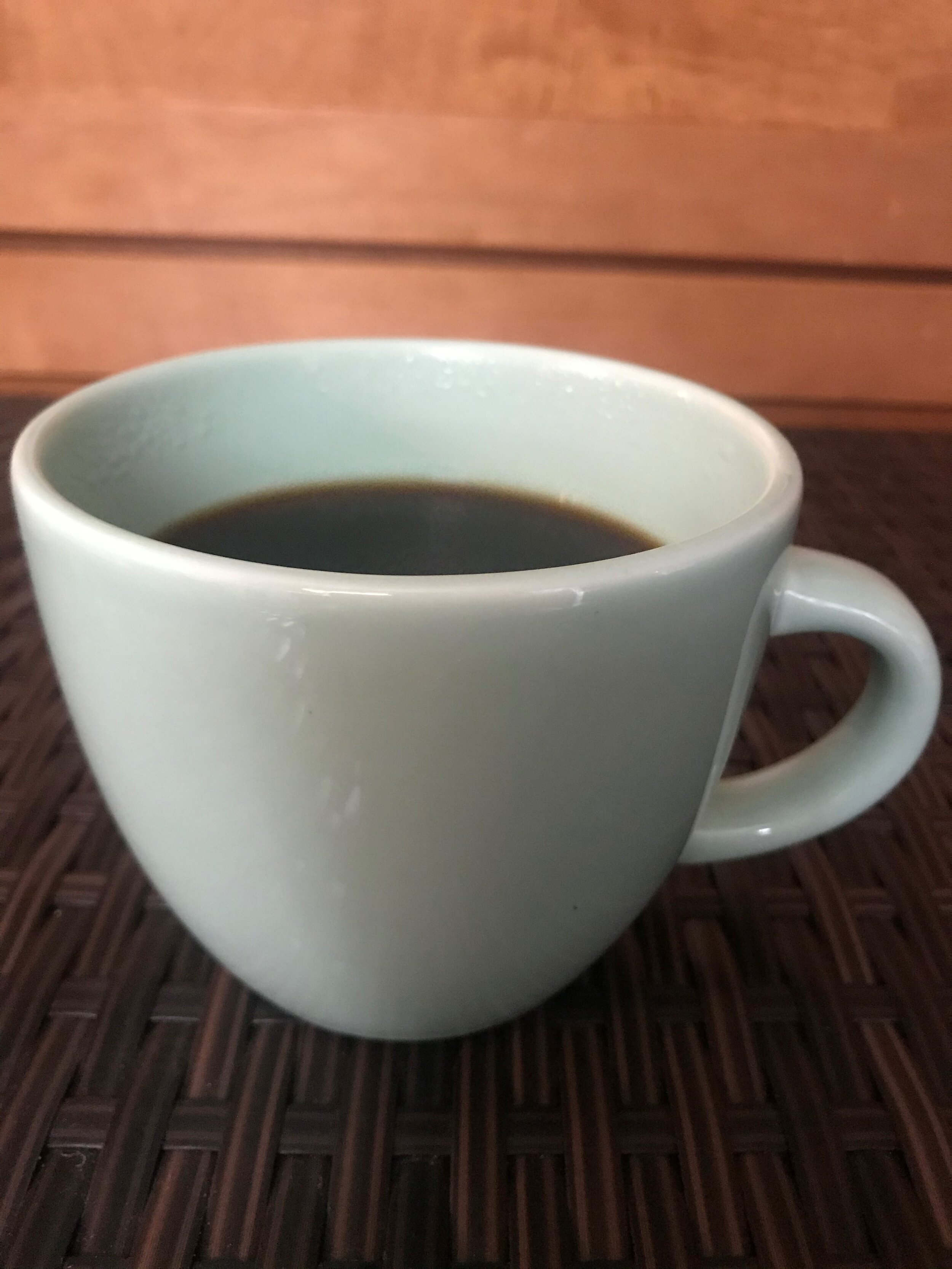Fruity coffee?? Yes, it’s real and you should try it!
The Adventure Roast coffee we make at Prairie School Coffee almost always features some sort of sweet fruit notes. This is my absolute favorite type of coffee to drink and, frankly, fruit-forward coffee is one of the reasons why I got in to coffee roasting in the first place. I loved it and wanted to be able to produce it myself. But up until 5-10 years ago, most people hadn’t ever heard of, much less tasted, naturally sweet, fruit-like coffee. Yes, there were blueberry / strawberry frappe-whatchyacall-its from big chain coffee shops, but those were essentially flavored milkshakes with a splash of coffee.
A well-developed, naturally-occurring, fruit-noted coffee is a thing of beauty. In this post, I’ll dive into how these coffees came to be. If you like facts more than narratives (no judgement!) you can skip to the end where I give you my cheat sheet on what factors influence fruit notes in coffee.
A Brief History of (my) Coffee Drinking
The coffee I first drank, and subsequently got used to drinking, tasted like… coffee. A little burnt, bitter and tasting like something I’d either just need to choke down or - more commonly - dilute with cream and sugar. For me, these were the bad old days of Folgers, Maxwell House and whatever coffee it was they served at Denny’s & Baker’s Square. Through the tail end of high school and all through college, coffee did its job but wasn’t something I delighted in drinking. This coffee, often freeze dried and devoid of much flavor, was part of the “first wave” of coffee. Widely available, mass-produced, and relatively inexpensive, first wave coffee was rough around the edges but effective as a stimulant.
I liked coffee for the social aspect, the little jolts of electricity it gave me, and I liked it above all because drinking something warm is pleasant. But I can’t say that I enjoyed the black coffee of those days. It tasted bad going down and it left a worse aftertaste. The aroma of the coffee always got my hopes up, but the taste was always lacking.
Soon, though, like almost everyone, my coffee experience was revolutionized thanks to the “second wave” coffee companies like Peet’s, Starbucks, and Caribou Coffee. Coffee from these coffee shops actually tasted good. I found myself hanging out, drinking coffee and enjoying the coffee without sugar and maybe just a bit of cream. Lattes, cappuccinos and other espresso drinks became morning mainstays. All that dark espresso got me through the early years of parenthood & powered me through my chaotic work days. Dark, bold, and so thick it bordered on bitter - this coffee became my daily fuel. I still found myself splashing cream into these dark and roasty brews at Starbucks and the like, but this coffee was on a different planet from what I swilled years before.
And then… And then it all changed for me. On a particularly hectic day at the office, I went for a stroll to clear my head. I stumbled on a little coffee shop underneath the El tracks downtown Chicago and decided to grab a cup. It looked quaint, cramped, barebones and a little shopworn - just my style. Truth be told, I don’t remember which coffee shop it was or what I ordered other than “black coffee”. I took my paper cup, paid, and continued my walk, coffee in hand. I took one sip.
That first sip was my first taste of genuinely “good” coffee. A little hint of blueberry wafted up. This still tasted like coffee, but the unmistakable notes of dark fruit really jumped out. Incredibly, there was no bitter afterbite. No charred “jet fuel” burn going down. It seems silly to describe it like this, but I remember it tasting smooth and rounded. I couldn’t believe this was actually coffee!
It turns out, with that special, magical cup, I’d happened upon a “third wave” coffee shop - those coffee roasters and houses that are dedicated to bringing out the full flavor and glory of coffee, just as nature intended.
Fruity Origins
How could coffee taste so good? How could it have mellow fruitiness when, after all, coffee was just a burnt bean, ground and soaked in water? This wasn’t some sticky blueberry syrup dumped in, nor fake laboratory-made additive to the beans. This was coffee - but in a totally different league. I went on a wild research spree to find out what the story was.
I learned that coffee could taste fruity because coffee “beans” are really just the seeds inside the cherries of a coffee plant. Until I began my research, I had no idea where coffee really came from and it surprised me to no end when I discovered the fruity origins of coffee beans. This helped explain why that fabulous cup of coffee really did have naturally-occurring blueberry notes.
But if all coffee comes from the cherry fruits of a coffee plant, why doesn’t most coffee taste fruity? Shouldn’t all coffee beans have a hint of the cherry fruit that bore them?
Third-wave coffee roasters are the group that began paying attention to coffee as a crop. Things like country/region of origin, altitude, coffee cherry / bean processing methods, and roasting techniques all became important factors in developing third-wave coffee flavors. I discovered that a combination of these factors can lead to extraordinary tasting brews. Over-roast your beans by just a little bit and you’ll evaporate the blueberry notes. Over-roast your beans by a LOT & you, too, could start a Seattle-based global chain selling coffee and milkshakes! (gentle teasing, of course). A few thousand feet of elevation can mean the difference between “earthy” and “fruity”. A few miles east or west in a region can make coffee “floral” or
Truly delicious coffee was a delicate blend of art and science. This was the magic!
Factors in Fruitiness
Here’s the cheat sheet; what I’ve learned about bringing out the fruit
Coffee Processing Method - Coffee seeds (beans) need to be extracted from the coffee cherry, or “processed”. There are two main ways to do this: washed process and natural process.
.The most common way to separate beans from the cherries is to blast the cherries with a high volume of water, in essence, power washing the seeds out of the cherry. This is called “washed process”. While highly effective & efficient, this also strips out any fruit flavor from the cherry, leaving the bean squeaky clean. All the flavor of washed process coffee comes from the nutrients and elements developed in the bean itself.
Conversely, “natural process”, sometimes called “dry process”, coffee is a method that allows the coffee cherries to sit out and dry in the sun with the coffee seeds inside. Once the cherries dry out, the cherry fruit is manually stripped away, and the seeds plucked out to dry even more. Because the seeds sit inside the cherries during the drying process, they absorb some of the fruit flavors of the cherry. The natural processed coffees are subject to more variation (and potentially defects) compared to washed coffee. But the fruit flavors they yield can be incredible. Ethiopian coffees are the most common “natural processed” coffee, but other regions have begun using this method, too.
Roasting Method - bringing the best out of the bean depends on how the beans are roated.
Light roasts bring out the flavor of the coffee bean and, somewhat obviously, it follows that the darker you roast the less you taste the bean. This is why most “serious” coffee shops and roasters will only serve light to medium-light coffee. Anything darker and you can no longer taste the native flavors of the coffee - you’re just tasting roast (or more often, char) levels. Cheap coffee roasted dark tastes exactly like expensive, specialty coffee roasted dark. Some roasters use this to their advantage: if you roast dark enough, the coffee bean quality doesn’t matter!
But there’s more to it than roasting light. Through experimentation, I’ve found that roasting with high heat to start but shorter roasting time overall is key to bringing out the fruit. This method tends to accentuate the acidity in beans, and acidity is needed to carry the fruit flavors. If you have a nice, even, steady, light roast, you will produce delicious and smooth coffee. But you’ll also likely roast the fruit and acidity right out of the bean.
Elevation
I’m not an expert when it comes to elevation & coffee, but I learned a lot from various sources during my early coffee research. In all the places I looked, I kept seeing a variation on the “elevation pyramid” - an infographic showing the various coffee flavors associated with different elevation levels. I’m going to link to one of the best articles on the subject, written a few years ago by “"Land of A Thousand Hills” on medium.com. Give it a read - it’s great! In the article, they make use of the image below:
Exciting Conclusion
We’ve come a long way from the days of mixing freeze dried coffee with tepid well-water as a way to get our kicks. Although I still do enjoy a cup of International Delight for old time’s sake, I’ve found that once I experienced the sweet, fruit-noted splendor of a natural processed, high-elevation, light roasted coffee - well, it’s just never been the same!
How Do You Brew?
When I’m talking coffee with friends, we talk a LOT about the best ways to brew coffee. Drip coffee maker? Pour-over? French Press? We all have strong opinions on what’s best, what’s worst, what to avoid - but I’ve concluded that coffee brewing, like art, is mostly subjective. My philosophy comes down to this: you can make great coffee with any method; just like you can make bad coffee with any method.
But don’t be confused - just because you can make great coffee with any number of brewing methods, that doesn’t mean they are all the same. Far from it! Each method brings a little something different to the table & can change how your coffee tastes.
In this blog post I’m going to focus on the 3 methods I rely on to make coffee and why they are each a little different.
The Big 3
Drip Coffee Maker
We drink a lot of coffee in my house every day, so the drip maker gets a serious daily workout. We make a 10-cup pot in the morning for our 4 coffee drinkers. Our drip maker has one of those insulated/thermal carafes so it keeps the coffee hot in the morning for an hour or so.
It's a nice machine - a Technivorm - but more important: it makes great coffee. We've had some bad coffee makers in our day that made weak coffee or had a warming plate that scalded the coffee in the carafe. I've come to appreciate that for us, since we drink so much coffee at home, a few extra bucks is worth it for a good machine.
The coffee from our drip maker turns out nicely balanced coffee, right in between the two methods I describe below: not as light & bright as a Chemex, but nowhere near as dark and heavy as the French Press.
Chemex Pourover
The Chemex (I pronounce it like “chem as in chemistry”) is my go-to for most "craft" coffee, especially because I like light roasted, naturally processed coffees.
The Chemex is awesome for light roasts because the Chemex filters are thick and strain out a lot of potential bitterness. The thick filters also keep out most of the really fine sediments and oils that would otherwise make it through a regular filter and leaves you with a nice clean cup
My Chemex turns out bright, floral, fruity coffees really well. Because it filters out oil and sediment, the body is usually on the “clean” side versus thick and hefty.
It's not really meant for huge quantities (we just have a 6-cup size) & because it's made of glass the coffee goes cold if you don't drink it right away.
I use a hot water kettle with my Chemex so it’s a little (ok, a LOT) more involved than just turning on the drip coffee maker. But for evenness of soaking the grounds, the refined, crisp coffee it makes, the Chemex is my favorite way to make coffee. Especially if I'm just making 2 big mugs.
French Press
I use the French Press for the exact opposite of the Chemex: for dark, roasty coffees. Because you are letting the coffee steep in hot water without a filter in your French Press, it makes dark, strong coffee and it retains all the oils of the coffee bean. The lack of a paper filter means a lot more of the coffee grinds come along for the ride into your cup.
Given the amount of fine sediment in French Press coffee & the unfiltered steeping (which I really like w/ a darker, chocolaty coffee) it ends up making my brews feel hearty and a little heavy so I tend to use it with the kind of coffee that goes with that heftiness. The FP isn’t the greatest for light & bright roasts as it darkens & compresses a lot of the flavor.
French Press coffee is awesome to keep you warm & get your motor running. It's so simple, too - put coffee grounds and hot water in a glass pitcher - very little to go wrong. It makes such good coffee and is so little fuss, we always use one when we go camping.
Other Methods / Honorable Mentions
Bialetti Moka Pot
This is the o.g. coffee maker, invented in 1933 and pretty much unchanged since then: its a stovetop hunk of metal that pumps out thick, nearly espresso-like coffee.
You see these on everyone’s stovetops all over Europe. Not fancy, no frills and is built like a tank so it lasts forever. We use this a lot when we go camping because you can pour in the water, pack in the grounds, and then set the Bialetti on your campfire & have piping hot coffee in about 2 minutes.
The coffee that comes out is so dense and hefty - it really is basically espresso - that most people add hot water or hot milk to their cups to make it an Americano or latte. At home, I hardly ever use the Bialetti but it’s fun to bring it out once it a while.
This little gem of a coffee maker probably deserves a blog post of its own… maybe someday!
Keurig K-Cup
I actually don’t own a Keurig so I almost didn’t include it. However, I’ve consumed a lot of K-Cup coffee in my day & they are ubiquitous so I thought it deserved a mention. Many coffee snobs (I’m not one) refuse to drink K-Cup coffee but I think if you do it right, you can brew winning cups easily. Use filtered water, use good coffee, or better yet: grind your own coffee & put it in those little re-usable cups. By using your own you coffee grounds, you can get the coffee/water ratio right which is hugely important. The blog post I wrote about brewing the perfect cup definitely applies to the K-Cup.
My biggest gripe with the K-Cup is that it brews coffee at such a low temperature. I know this might sound fussy, but with the K-Cup’s brew temp of 192F, it tends to make slightly weak coffee. You need water at about 205-208F to extract all the goodness from your grounds & the K-Cup just doesn’t get there. To overcome this limitation you can use some tricks like grinding your coffee a little more finely so it absorbs more quickly.
In a pinch, the K-Cup is great. Especially when you just want one cup & are in a hurry.
Brewing the Perfect Cup
There’s no one right way to make your coffee; it’s an art after all. But I have found a few tricks that make a big difference in brewing your best cup.
3 Big Hints
Use filtered water. Coffee is mostly water so the water you use makes a big difference. Our tap water here tastes like a swimming pool & makes for awful coffee. Just get a cheap filter; you won’t regret it!
Use a coffee grinder. Beans lose their flavor after a while, especially after they’ve been ground. Years ago, I bought $15 “Mr. Coffee” burr grinder from Target and it changed my life! I’ve moved on to a nicer one since, but that thing did the trick. I’ll also add that “burr” grinders are better than those whirly-blade grinders, but anything is better than pre-ground, IMHO.
Get the coffee/water ratio right. Ok, this is definitely more science than art & I’ll dive into this in detail below, but the only “real” way to get the ratio right is to weigh your coffee grounds. I know! Seems like overkill but it really makes a difference. You should get a cheap electronic scale for $15 and it will be awesome, I promise.
I’ve found the golden ratio for drip coffee (not espresso etc.) is 1 gram of coffee to 16 grams of water, or 8 grams per cup of water. I weigh out 64 grams every morning and that’s perfect for our 8-cup pot. I’ll cut it in half for the afternoon half-pot.
If you really, really hate the metric system & don’t have a scale you could just do 2 tablespoons for every cup, but in my experience, that yields coffee that’s way too dark and bitter.
If you follow those 3 simple rules, I promise your coffee will start tasting less like a bad combo of motor oil & despair and more like the mellow and flavorful, lovely brew it’s meant to be!

